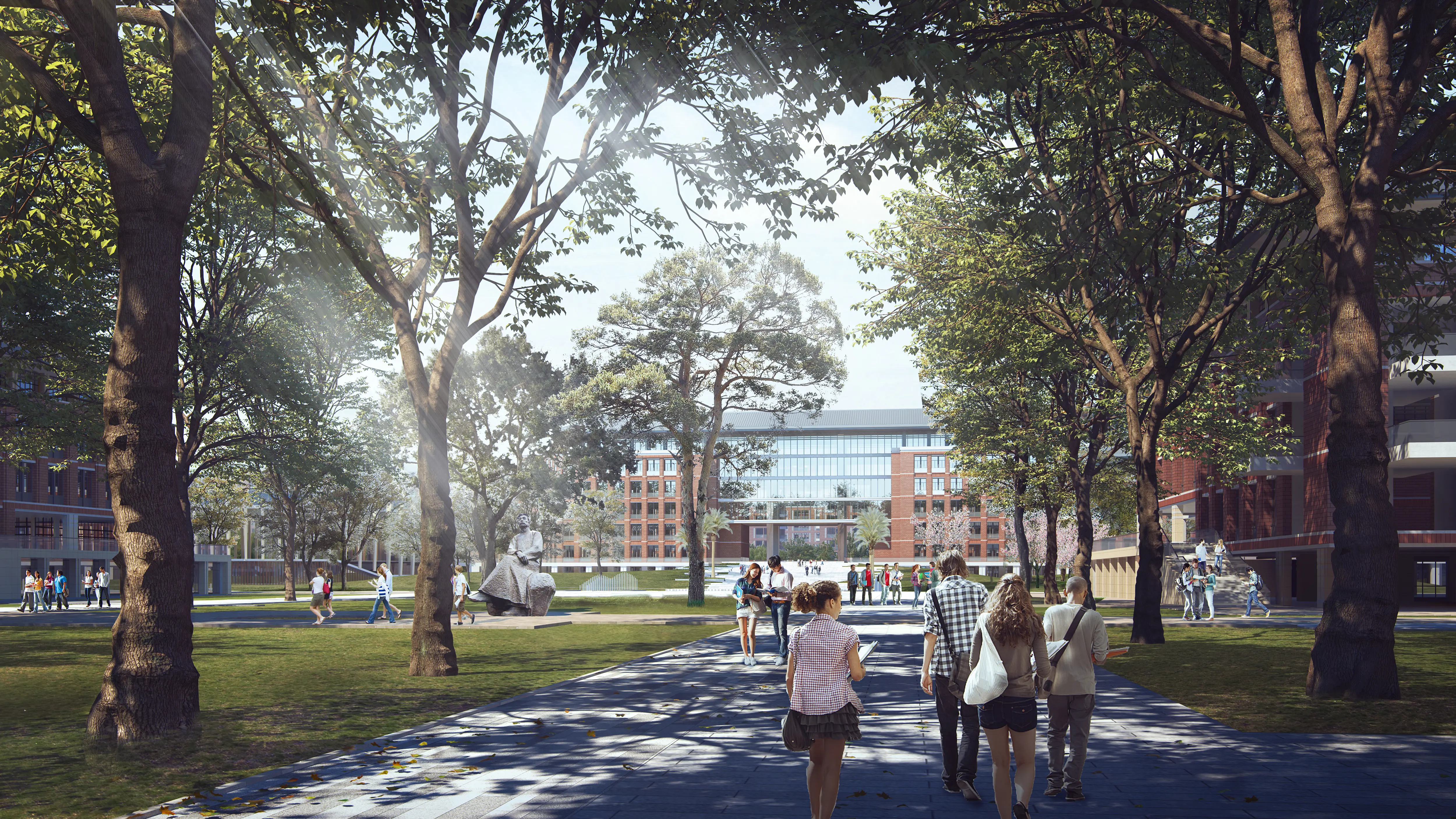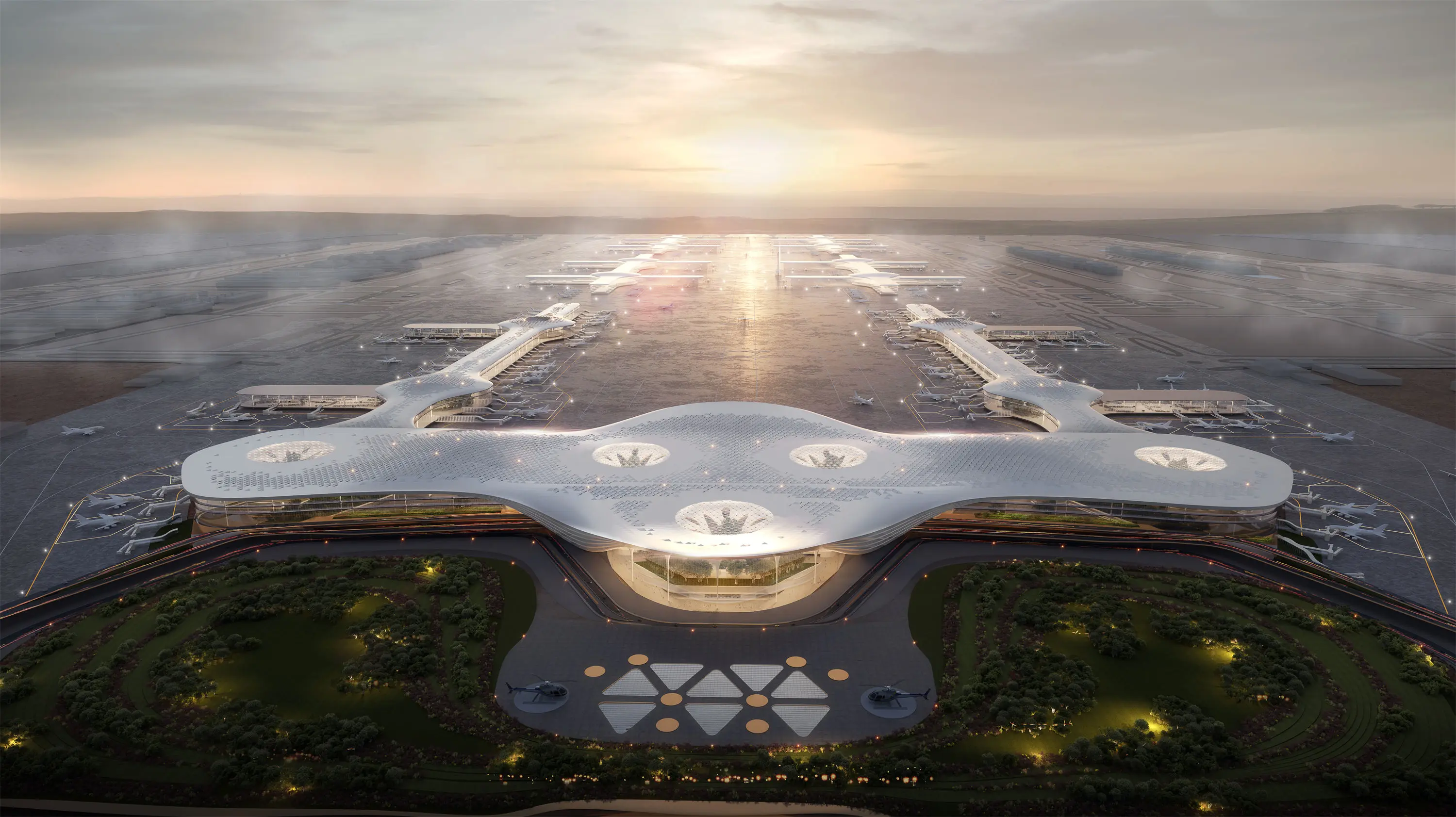What are the categories of architectural animation tour
Classification by presentation content
Design exhibition
Scheme Design tour: It is mainly used to show the preliminary design scheme of an architectural project, including the overall layout, architectural form, spatial relationship, etc., to help designers communicate and discuss with customers or team members in order to modify and improve the scheme.
Deepen the design tour: On the basis of the scheme design, further display the details of the building design, such as building materials, decoration, construction practices, etc., so that customers can more intuitively understand the final effect of the building.

Construction process class
Construction progress simulation: According to the construction plan, show the progress of the construction project in different construction stages in the form of animation, help the construction team to manage and coordinate the progress, and also facilitate the owner to understand the progress of the project.
Construction process demonstration: For the key processes and technologies in building construction, detailed demonstration through animation, such as foundation construction, main structure construction, waterproof construction, etc., helps the construction personnel to understand the construction process and quality requirements.
Commercial publicity
Real estate sales animation: mainly used for the sales promotion of real estate projects, through beautiful pictures and smooth animation, show the geographical location of the real estate, surrounding supporting facilities, community environment, unit structure and other advantages, to attract potential customers to buy.
City image publicity: Focusing on iconic buildings and important areas in the city, animation tour is made to show the city's style, cultural characteristics and development achievements, and enhance the city's visibility and reputation.
Classification by form of expression
realism
Photorealism: The pursuit of highly realistic visual effects, from the appearance of the building, materials to light and shadow effects, are as much as possible consistent with the real scene, giving people a strong sense of reality. It is often used for project display and commercial publicity with high requirements for architectural effects.
Artistic realism: On the basis of realism, some artistic processing techniques are appropriately added, such as color adjustment, light and shadow strengthening, etc., to make the picture more expressive and appealing, while maintaining the true form of the building.
Nonliteral class
Cartoon style: The use of cartoon expression techniques, the buildings and scenes are simplified, exaggerated and deformed to create a relaxed and interesting atmosphere. Suitable for some creative or targeted to a specific audience (such as children, teenagers) architectural projects.
Abstract style: Using abstract graphics, lines and colors to express the concept and characteristics of the building, emphasizing the expression of form and space, focusing on conveying the inner spirit and design concept of the building, with a strong sense of art and innovation.
Classified by application field
Architectural design field
Conceptual design animation: In the early stage of architectural design, it is used to quickly express designers' creativity and ideas, transform abstract concepts into intuitive animation forms, and help designers to self-examine and communicate with team members.
Bidding animation: In the bidding process of construction projects, as part of the bidding document, the advantages and characteristics of the design scheme are displayed through animation roaming to improve the probability of winning the bid.
Education field
Architectural teaching animation: It is used in the teaching of architecture majors to help students better understand the knowledge of architectural theory, architectural history and architectural design methods, and to demonstrate the structure, construction and spatial relationship of buildings through animation, so as to enhance the intuitiveness and interest of teaching.
Popular science animation: For the general public, to introduce architectural knowledge and culture in a simple and understandable way to improve the public's awareness and appreciation of architecture.
Virtual reality field
vr building tour: The combination of virtual reality technology allows users to experience the building space in an immersive way. Through devices such as head-mounted displays, users can freely walk, observe and interact in the virtual building environment to obtain a more real and immersive experience.
AR building display: The use of augmented reality technology to combine virtual building models with real scenes, users through mobile phones or tablets and other devices to view the reality of the scene, you can see the virtual building in reality, convenient for architectural planning and design display and evaluation.


